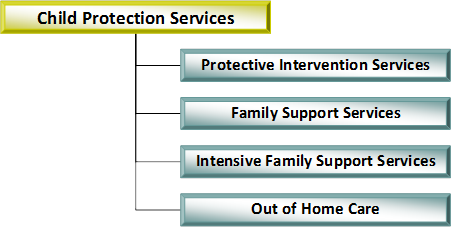
The Productivity Commission’s 2016-17 Report on Government Services (ROGS) helps understanding of how the South Australian Government’s expenditure on child protection has changed and how it compares with other states.
Child protection services expenditure in SA per child* has increased significantly from $749 to $1,396 in the period 2013-14 to 2016-17 but the real interest is how this translates into the different services that comprise child protection:
- in protective intervention services we spend $90 per child, which is just 41 percent of the national average
- in family support services we spend $131 per child, 49 percent more than the national average – an increase of over 300 percent in the the period 2013-14 to 2016-17
- in intensive family support services we spend $83 per child, roughly on par with the national average
- in out-of-home care (foster, kinship and residential care), we spend $1,092 per child which is 91 percent more than the national average.
Out-of-home care consumed 78 percent of the SA child protection budget in 2016-17.
Why does SA spend 79 percent more than the national average on out-of-home care?
One of the reasons is that SA relies much more on relatively expensive residential care (properties staffed with paid workers) rather than home-based care (foster and kinship care). In 2016-17 in South Australia it cost, on average, $670,142 per child in residential care compared to $48,005 per child in home-based care. Another reason is that SA has relied more than other states on so-called ’emergency’ care which makes use of private agency staff to provide care in rented accommodation – more costly but far less suitable to the needs of children.
*refers to a resident child 0-17 in the SA population as a whole.
There is much more detail in our paper South Australian child protection expenditure from the Report on Government Services 2018, available for download now.


2 Responses
So, instead of foster carers/families getting a very modest allowance, we could pay carers an actual job salary – say starting at level 1 RN – make it an actual job/profession to be a foster parent, and still save money by reducing the numbers of $600,000 per child in residential care.
All foster carers need some grade of being therapeutic, so make it an actual profession – once paid a real salary, carers also need to work to Standards and have explicit responsibilities.
One less child in resi-care would pay several such salaries.
It would be good knowing about the children in foster care